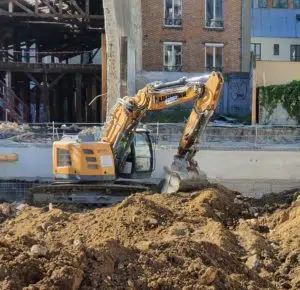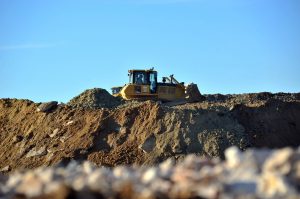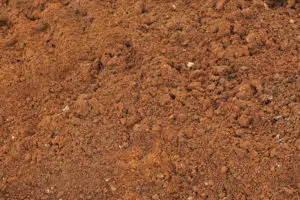Management of construction site soil impacted by invasive alien plant species
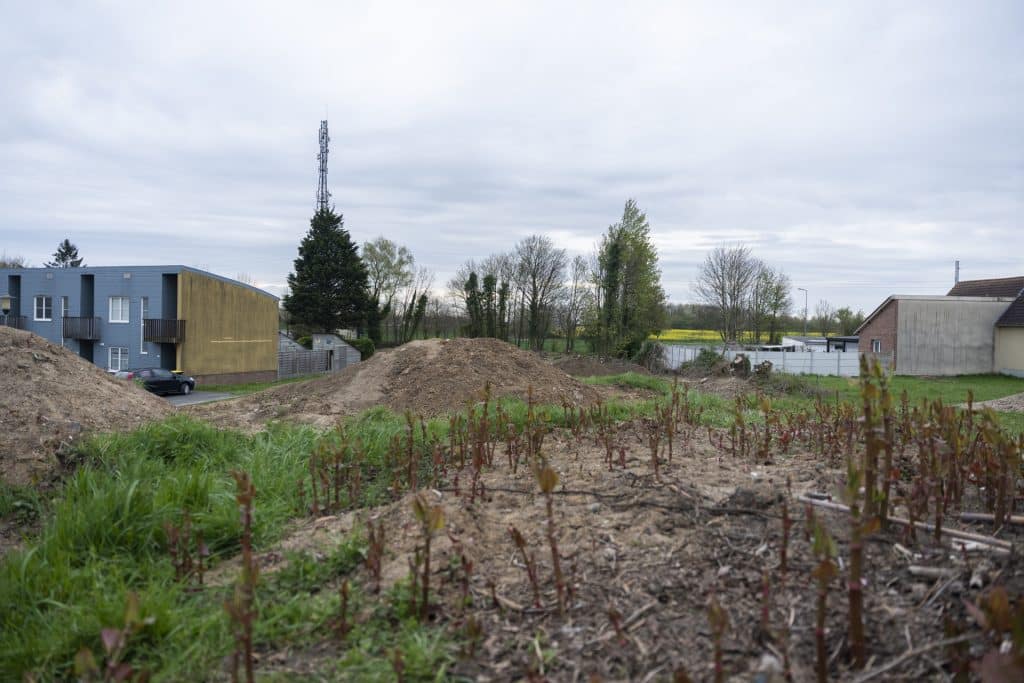
A new service offering from ect
As a market leader, ECT is expanding its offering to meet the specific needs of managing soil impacted by invasive plants.
A dedicated service that meets EVEE diagnostic requirements.
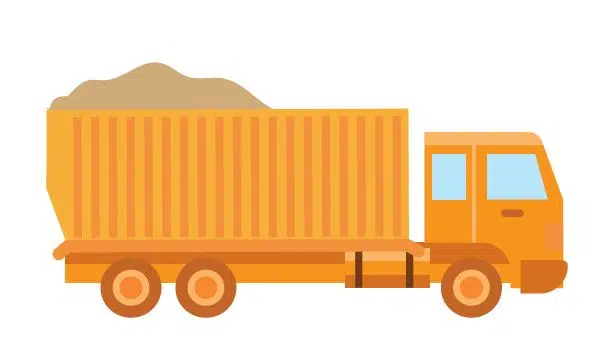
A service dedicated to our construction customers
ECT is able to offer a suitable intermediary process for the treatment of soil impacted by EVEEs:
- at a competitive price
- near excavation sites
- in compliance with regulations
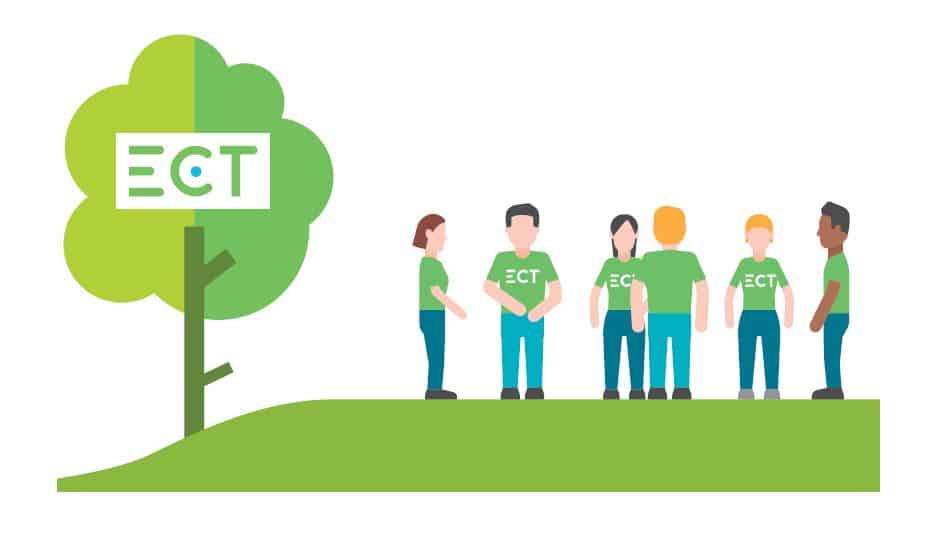
A trained sales team
The sales contact is trained in the logistical and regulatory issues involved in EVEE diagnostics, so as to propose the most appropriate solution for each site.
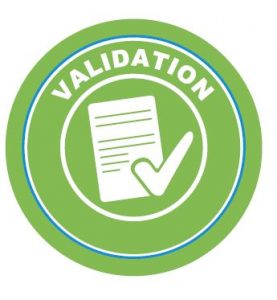
The evolution of DAP
DAP is evolving to meet this new service offer. It is mandatory to fill in :
-
If the land is likely to contain root fragments and/or seeds of plants known to be invasive.
- If an EVEE diagnosis has been performed.
The aim is to alert people to the presence of invasive species in and around the site prior to earthworks and evacuations.
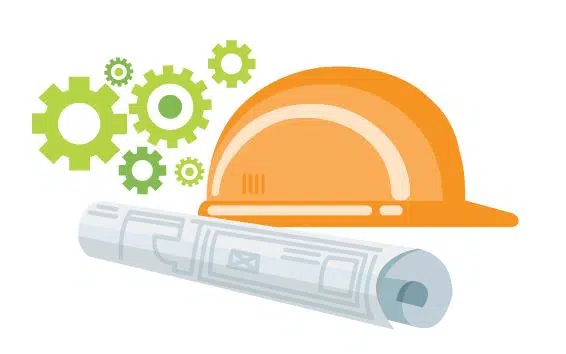
Support on the excavation site
Environmental technicians are trained in the management of soil impacted by EVEEs, to ensure that the soil is channeled to the right channel. They are also trained in EVEE recognition.
Your most frequently asked questions
An invasive alien plant species is a plant that is introduced into a new environment where it is not native, and which proliferates aggressively, causing ecological, economic or social damage. These plants may have been deliberately introduced for horticulture, agriculture or other uses, or may have arrived accidentally via international trade, transport or other human activities.
Once established in their new habitat, invasive alien plant species often have a competitive advantage over native species. They can spread rapidly, crowd out native vegetation, disrupt natural ecosystems, reduce biodiversity, alter natural nutrient and water cycles, disrupt ecosystem services and even threaten endangered species.
Controlling invasive alien plant species is a major challenge for biodiversity conservation and ecosystem management in many parts of the world. Prevention, control and eradication measures are often necessary to limit their spread and minimize their harmful impact.
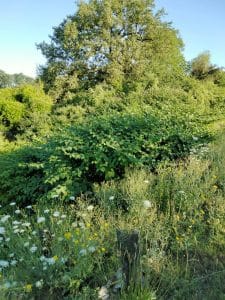
This is a systematic assessment designed to identify, evaluate and map invasive species present on a construction site. It generally recommends special measures for the treatment and disposal of plants and soil. EVEEs are plant species that have been deliberately or accidentally introduced outside their natural range. Their dissemination is one of the
5 causes of biodiversity collapse.
Invasive alien plant species (IAS) can have a detrimental effect on construction sites, causing delays, additional costs and safety risks. It is therefore important for construction companies to implement measures to manage and control invasive species in order to minimize their impact.
- Alteration of the construction environment: EVEEs can colonize construction zones, hindering construction and development activities. Their rapid growth can disrupt soils, structures and foundations intended for construction.
- Additional costs: The presence of EVEEs can lead to additional costs for construction projects, particularly in terms of the time and resources required to remove these plants, restore disturbed areas or reinforce protection measures.
- Safety risks: Some EVEEs can pose a safety risk to workers on construction sites. For example, fast-growing invasive plants can make surfaces slippery, increasing the risk of falls and accidents.
- Damage to equipment and infrastructure: EVEE roots can damage drainage systems, underground pipes, foundations and other infrastructure, leading to costly repairs and longer construction projects.
- Risk of propagation: Construction sites can act as dispersal vectors for EVEE. Machines, vehicles and construction materials can transport seeds and plant parts from one site to another, encouraging the spread of these invasive species to new habitats.
Invasive Alien Plant Species (IAS) are one of the five causes of biodiversity loss. As a company committed to the OFB, ECT has a triple objective:
- the reduction of their proliferation on its sites
- limiting their spread from customer sites
- the creation of a dedicated offer for the management of construction site soil impacted by EVEEs
ECT has created a booklet to help you identify, learn about, combat and eradicate these species. This guide provides recommendations for each invasive plant:
- Japanese wild buckwheat
- The Butterfly Tree
- Giant Hogweed
- Galéga Officinal
- Ambrosia
- Himalayan Balsam
- The thorny apple
- The American Grape
- Herbs of the Pampa
It is important for site managers to regularly monitor the presence of EVEEs and implement appropriate control measures to limit their spread and impact. Here are the 7 best practices:
- INFORMING OUR CUSTOMERS
and transporters of the risk of inputs into the soil and dissemination on our sites. - MAPPING
impacted areas to measure their evolution. - EVALUATE
the type of intervention to be carried out depending on the plants and their location on the site. - WATCH
regularly to identify the presence of invasive plants. - DELIMIT
to avoid them on foot or with construction equipment. - COMMUNICATE
on our practices and results, with internal and external feedback. - LUTTER
Neutralize invasive exotic plant species by carefully uprooting them or burying them at the bottom of a bin.
Contain invasive exotic plant species by surrounding them with more competitive plants.
Temporarily revegetate bare soil with ground cover seedlings to render it unattractive.
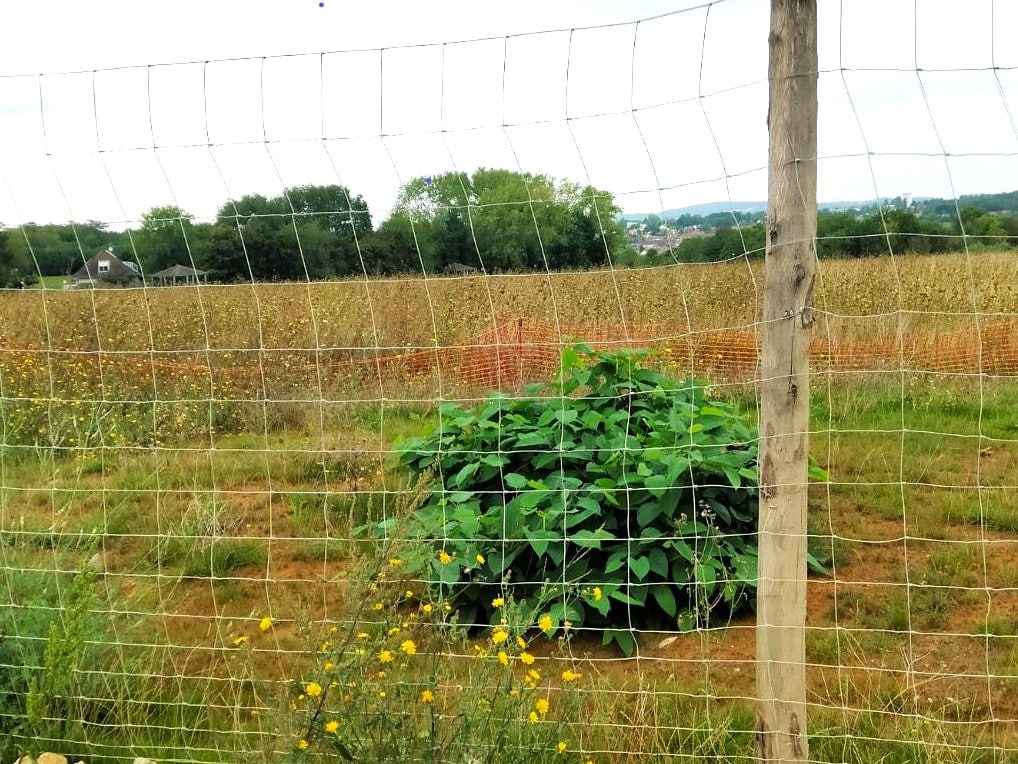
Combating evee on excavation sites and on our own sites
This fight is part of our commitment to enhancing, reinforcing and preserving biodiversity with the OFB and in partnership with Humanité et Biodiversité.
This commitment has led ECT to implement an action strategy.
- Inform our earthworks and haulage customers of the risks involved in bringing in soil impacted by invasive plants.
- Make all our employees aware of the environmental and health impacts of EVEEs.
- Combat their spread from customer sites through a dedicated commercial offering.
- Limit their proliferation on our sites through good monitoring, mapping, delimitation and neutralization practices.
